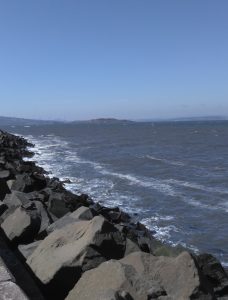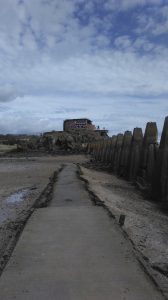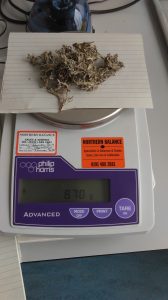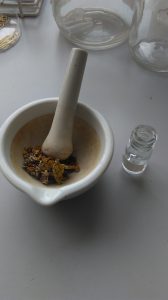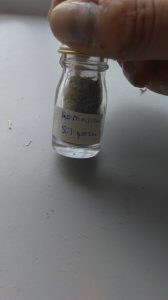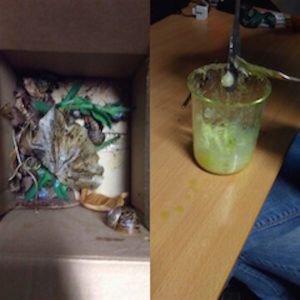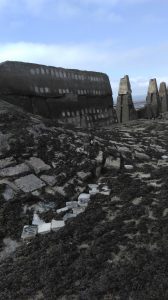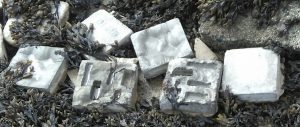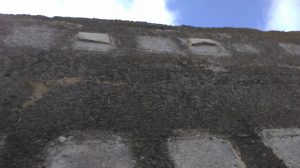
Hello! Are you enjoying the warm weather? Fancy a walk along the beach? 🙂
So today I´m going to talk about a project part of my traineeship.
What do you think about man-made structures on our shoreline?
Do you think is there any way to make them more environmental friendly?
Over time, we have been building unstoppable next to the coast, using it for houses, industry or paths. We have built sea walls, rock armour revetments or groynes. By doing so, we are reducing the available habitat for coastal species. I say ecosystem restoration is the key.
So, is there anything we can do to reduce the impact of these structures and increase habitat availability? OF COURSE IT IS! New and innovative techniques have been developed in the last few years to increase biodiversity in cities and towns. Therefore, we can make our ecosystems more sustainable, resilient and healthy.
So, let’s talk about our project.
Where? Edinburgh. The city has 27 km of coast, from South Qeensferry to Joppa. Our first attempt (yes, I wrote attempt) was in Cramond.
Who was involved? The project was founded by NERC. We have the support of Edinburgh Living Landscape, RBGE, The University of Edinburgh and the local College, among others.
What is the idea? We aim to create new suitable habitats for coastal species, increasing the local biodiversity, empowering communities to get involved. For example, lichens are very sensitive to pH and high. So maybe the sea wall built on your closest beach hasn’t got the right components for lichens to grow.
Getting lichens ready: we collected samples at southeast Lothian for some of the main lichen species in the area. The idea is to “paint” them on the tiles. Let me explain this better!
So first, I weighted every specie, dried, to know the exactly amount of each we had.
Second, for each lichen, I grinded it using a lab mortar. Some of them were very hard to grind! Lichens fighting back!
Third , I put them in a wee lab jar, with a label.
Finally, we needed to find the way to stick them on a tile, and someone very very wise suggested to use SNAIL SLIM! I apologise for the picture, not the best quality. On the left, we have all the snails we caught at the Botanic Garden. It was one of the most exiting hunts ever! Exactly what I used to do when I for 6 yo. And, who said snails are slow? A few minutes without checking the box and they were already half way out of the box or somewhere on the wall!
Have you already figured out how we got the slim? We “MILK” the snails! It was more like tickling them!!! BEST DAY EVER!
What about the tiles? Several concrete tiles were made for creating suitable habitats. Students from Granton College and The University of Edinburgh worked hard to have everything ready on time. We have different shapes depending on the objective, plus a control tile, painted with the same products used on hard structures.
As I said before, lichens are very affected by high. Because of that, we placed their tiles on the upper zone, out of the tidal area.
(There´s an amazing picture of us getting on with it, I will get it ASAP)
Sad moments: two days after. SURPRISE! Someone, probably more than one, removed all of them! We don´t know who, or why. But I went to check two days after the installation, and that´s what I found. It is very sad, in my opinion, that someone had decided to do something like this without knowing what was it.
So, if you know someone with a ladder, a hammer, chisels and all sort of tools, don´t let them destroy someone else tiles!
Luckily, we are optimistic and we think we will be able to repeat the experiment. FINGERS CROSSED!
That’s all for today.
Enjoy the heatwave!
Aroa

